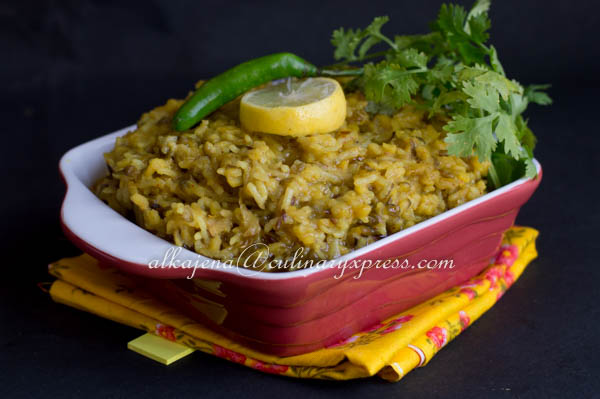Indian summercan get really mean. Being closer to the equator means it is bound to get really hot. For a couple of days the heatwave here makes the place feel like a hot furnace and one feels like grabbing a bottle of cola. Though the chilled bubbly drinks seems enticing for a moment, but no one can beat the heat better than this desi cooler named Chaas or Buttermilk.
Chaas or buttermilk is one of the popular summer cooler made with yogurt, all over India with some variations. Chaas is made by churning yogurt (curds/dahi) and cold water together in a pot, using a hand-held instrument called madhani (whipper). This can be consumed plain or seasoned with a variety of spices like asafoetida, fennel, ginger juice, curry leaves or coriander leaves .
In North India, usually salted chaas is taken whereas in other parts masala chaas and pudina chaas which is flavored with mint leaves is more popular. Chaas can be made from fresh yogurt, and the natural flavour of such Chaas is mildly sweet. This type of Chaas is very close to Lassi, with two major differences: Chaas is more dilute (with water) than lassi and unlike lassi, Chaas does not have added sugar.
Although Chaas can be made from fresh yogurt (curds/dahi), it is more commonly made at home from yogurt that is a few days old and has become sour due to age. That’s why Chaas has a tangy, slightly sour taste which is considered delicious. A pinch of salt is usually added to it for further enhancement of taste, and other seasonings can be added also.
In India, the consumption of Chaas is associated with two major benefits: cooling and improved digestion. Both of these properties are improved by the addition of spices. The cooling properties of Chaas, which helps people to rehydrate and beat the heat of the Indian summer, is greatly valued traditionally. Chaas is considered as a cool drink which keeps the body temperature down in summer. An earthen pot is used to prepare chaas and store it for a few hours before consumption. The use of earthen pot makes the chaas cool even in summer. In the extremely hot desert areas of Gujarat, Rajasthan and Andhra Pradesh, people consume chaas with salt after getting exposed in the sun because this cools the body and aids in rehydration.
Cuisine: Indian
Preptime:10 minutes
Serves:4
INGREDIENTS:
- 1 cup yogurt
- 4 cups cold water
- 1/4 tsp black salt
- 2 tsp roasted ground cumin seeds
- 1 green chilli finely chopped
- 2 tsp finely chopped mint leaves
DIRECTIONS:
- Combine all the ingredients together in a large jar and give it a good blend with your hand blender or just the conventional whisk. Yogurt needs to be broken down to a smooth texture and the mixture becomes frothy. If chilled water is not stored for use , make sure to refrigerate the prepared buttermilk for a while before serving.
- Pour chaas in glasses. Garnish with mint leaves and serve chaas immediately.
- Use chilled water preferably in this yummy spiced up butter milk. I Served it post lunch as an appetising and soothing drink to digest the heavy lunch we had.The whole work took me not take more than 10 minutes.































































































































































